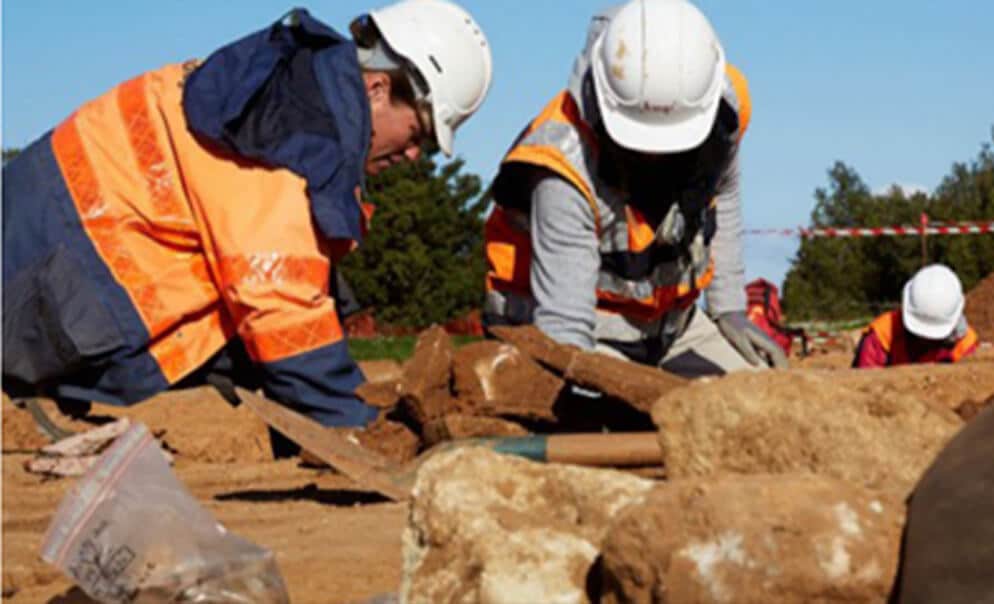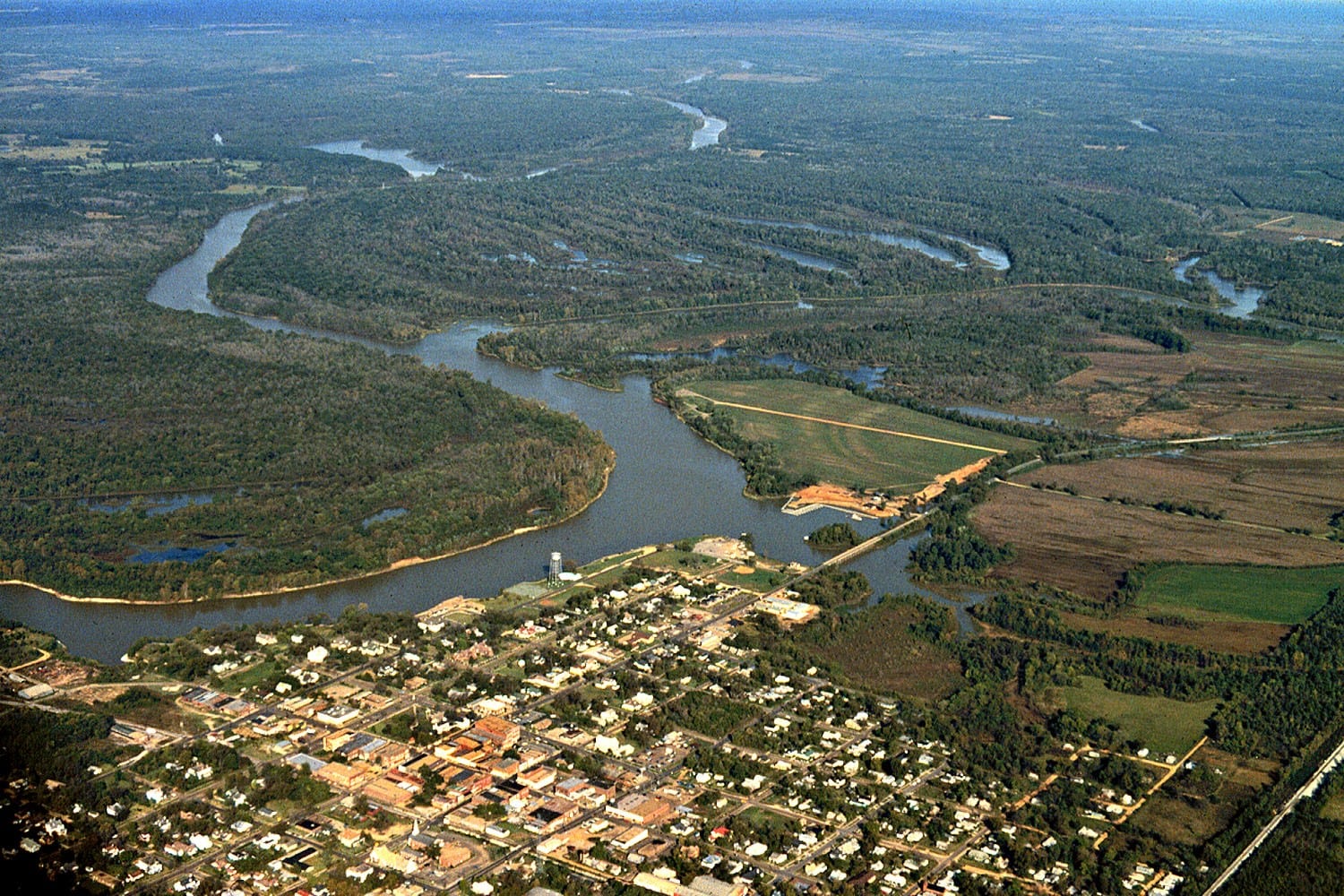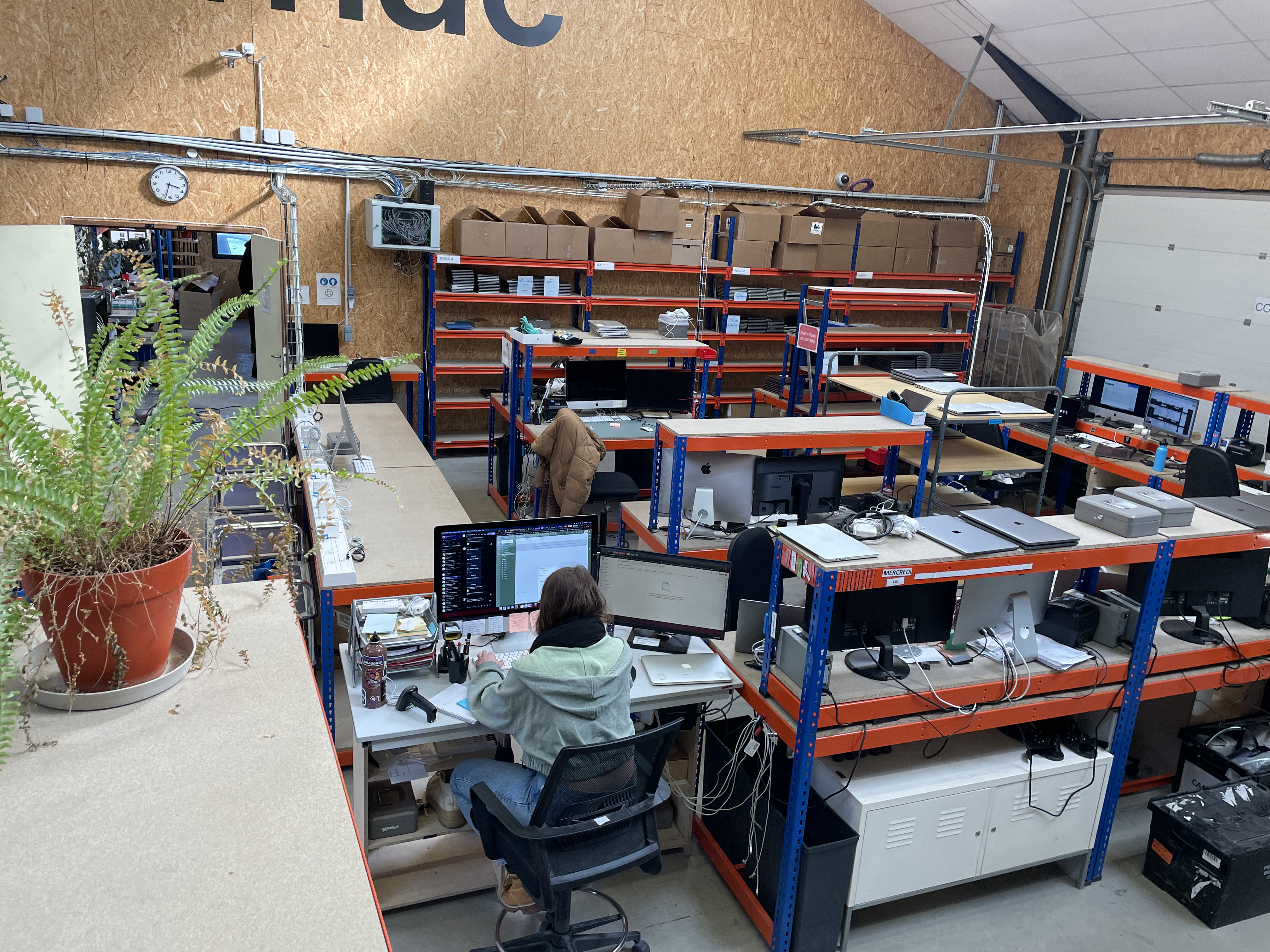Our impact
Nîmes Montpellier High Speed Rail Line
Archaeology
Enabling valuable insights into human development from antiquity to the modern day, through an extensive programme of archaeological study.
Investigations carried out at
20 different locations
Archaeological exploration across
80km of railway
Construction of the CNM Nîmes Montpellier high speed rail line for some represents more than the addition of a new economic asset. It has also allowed valuable insights into human development from antiquity to the modern day, through an extensive programme of archaeological study.
There is a lot more to building a railway than just the civil engineering, laying track and installing signalling. The benefits to society and communities go beyond transport connectivity and faster journeys. Along the 80km of the Nîmes Montpellier Bypass (CNM – Contournement Ferroviaire de Nîmes et de Montpellier) high speed rail line, construction offered the opportunity to launch a major archaeological exploration.
French law on heritage conservation requires that the owners of all large infrastructure and building projects must conduct archaeological investigations before construction can start. These initial studies are usually carried out by INRAP (France’s National Institute for Preventive Archaeological Research) and submitted to the French Ministry of Culture, which then decides where the project owners must perform more detailed archaeological excavations.
Along the route of the CNM line, detailed investigations were carried out at no less than 20 different locations, by INRAP, which started work with a team of over 100 archaeologists on site from October 2012.
“One of the good things about such a project is the scale of opportunity for study presented,” says INRAP’s Director of Investigations for the CNM, Jean-Yves Breuil. “Around 80 sites were excavated initially. Those selected for detailed investigation were chosen on the basis of the extent of their preservation and how much they were likely to contribute to scientific knowledge. Archaeology on the CNM route covered all periods of humanity.
”Each of the excavations was significant for different reasons. One in particular, close to Aimargues, at roughly the mid-point between Nîmes and Montpellier, has offered up a rare wealth of insights into village life in the Mediaeval Period, from the 5th to the 15th centuries."
Jean-Yves Breuil
INRAP’s Director of Investigations for the CNM
“In most cases across southern France, villages still exist and have developed on the same footprint they originally occupied. But here, at a location we’ve called the Village of Saint-Gilles de Missignac, we found one that was abandoned around the year 1400. We were able to excavate the stratigraphy of occupation across almost the full extent of the village, allowing us to understand the different phases of its evolution from the end of the Roman period,” Jean-Yves says.
Findings from Saint-Gilles de Missignac include ovens and clay moulds in sunken pits used to cast bronze church bells between the 10th and 12th centuries. The INRAP archaeologists also found the locations of 80 separate domestic dwellings and more than 800 burial sites. DNA analysis on samples taken from skeletal remains has provided an enormous wealth of information. “
A lot of research is being done on the health and diet of people during the Mediaeval Period and we hit a rich vein of data at the Missignac site,” Jean-Yves says. “Information on diet and eating habits gives us a lot of knowledge on how trade and the economy worked at that time; what people were trading, planting and eating and how they were using their environment and resources.”

Jean-Yves makes a wider point on archaeology and infrastructure: that excavations like those at Missignac show that projects like the CNM represent the continuation of an ages-old process of development:
“The changing of the landscape in this way is not a new thing. It dates back thousands of years,” he says. “Developers and builders often oppose archaeological work as it can delay their progress, but the furthering of knowledge on historical and cultural change is important. There are many parallels between what we find and changes to the way land is used now. Modern developments are a continuation of people clearing forests to create settlements and villages.”
Not everyone in the construction industry finds archaeology an irritation. The principal contractor in the Oc’Via partnership, Bouygues Travaux Publics, has a close association with INRAP as one of the organisation’s ‘Grand Patrons’.
During an interview for INRAP’s La Lettre magazine, Bouygues TP’s Director General, Philippe Amequin, stated the reasons behind his company’s commitment to archaeology:
“The ambition of our partnership with INRAP is about building the projects of tomorrow while respecting those of the past,” he said. “Acting as a patron expresses a citizen commitment to archaeology, which needs developers to take responsibility for future generations.”
The other partners in Oc’Via include Meridiam, FIDEPPP, Colas, Spie Batignolles and Alstom. The project company’s adopted approach to archaeology has reflected Bouygues’ commitment. INRAP’s initial investigations started before Oc’Via was awarded the 25-year contract to design, build, finance and maintain the CNM. But after financial close on the project was reached, Oc’Via decided to delegate responsibility for archaeology to the contracting team of Bouygues, Colas and Spie batignolles – which subsequently appointed INRAP for the detailed investigations.
“The contracting joint venture was responsible for managing the contracts and planning of the archaeological work with INRAP. It also covered the costs of INRAP’s circa €13m fees for the detailed investigations. Oc’Via remained responsible for communication of the main findings,” says Thierry Parizot, former CEO of Oc’Via.
Risks of the archaeology impacting on the overall CNM project programme were also transferred to the contracting team. The contractor was liable for strict penalties if delivery of the CNM line was delayed due to any reason, with the exception of any ‘shared risks’ agreed in the contract. ‘Exceptional discoveries’ in the archaeological programme were included as a shared risk, if they caused a delay of over six months. The contractor could only negotiate dispensation from financial penalties if an exceptional discovery caused a delay of six months or more. In the event, however, there was no impact at all on the anticipated programme.
“Detailed excavations started in October 2012, moving fairly rapidly from site to site in turn. Of course, occasionally we had to remind the archaeologists of our time pressures, but we all developed very good relations with the INRAP team, which was very efficient in its work, finishing on schedule 21 months later. We listened to their requests and they were very respectful of our constraints. The entire campaign was out of the critical path and had no impact on the overall construction schedule. It was very interesting and a privilege to witness what was discovered and I think together the Oc’Via team and INRAP were able to do a lot to interest people in their local history,” Thierry says.


